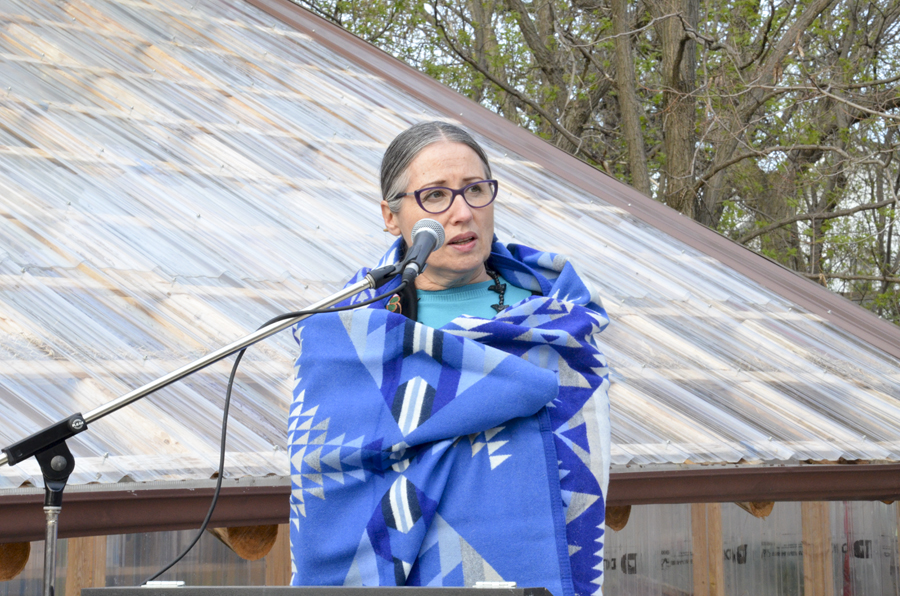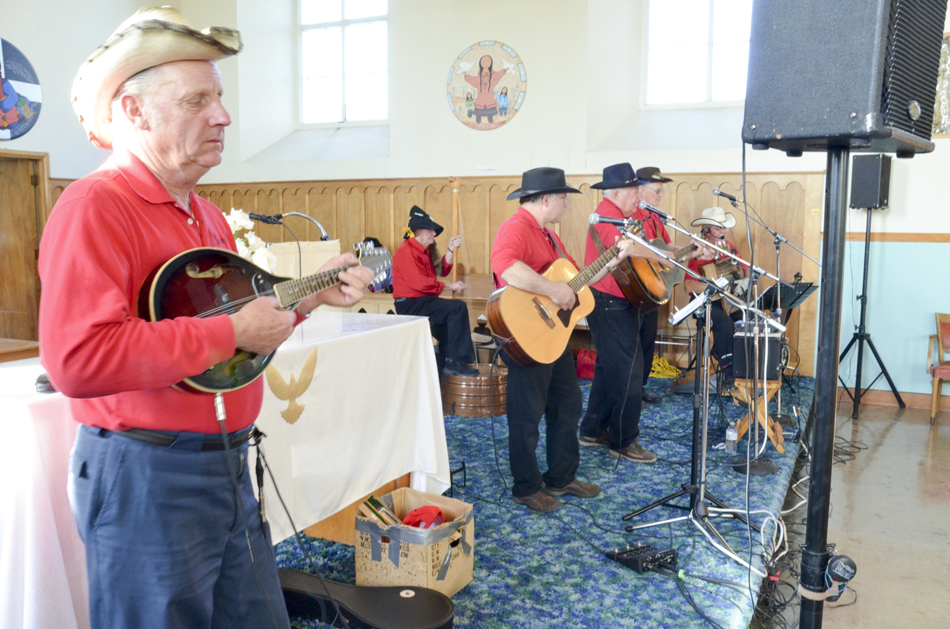Beef Code of Practice
The Manitoulin Cattlemen will be hosting a Beef Code of Practice workshop to familiarize producers about the revised regulations on Thursday, June 4 at Max Burt’s. We start with beef on a bun at 6 pm followed by presentations. Turn north on Beange Road to get to Max Burt’s. Register by calling Marca Williamson at 705-859-2528.
Are your bulls ready?
For spring calving herds the bulls are often put out in late June or July. Now is the time to make sure you have enough bull power. Some are using last year’s bull or bulls and others have purchased or are considering purchasing a bull. A new bull should be brought home a while before breeding season to become comfortable in the environment. A bull just off test has been on a high energy grain ration and the rumen needs time to adjust to a forage diet. Slimming down for the job ahead is important. These bulls should be on a good quality hay ration before breeding season. A large exercise area is good preparation for the breeding season for all bulls. A bull needs to be mobile on pastures so trim the bull’s feet if needed. A good handling facility is a must! At the start of breeding season and later, watch the bull in action. Some sires show a lack of interest in getting the job done, while others may develop a physical problem such as an injury to the reproductive system, leg injury, feet needing to be trimmed etc. If noticed early, the bull can be pulled and re-placed. Often a problem is discovered too late for a reasonable calf crop. Monitor with regular herd checks. Yearling bulls should be limited to 12 to 15 cows, two-year-olds to 25 or 30 while mature bulls might handle over 40 cows. Some beef farmers have access to community pastures. Bulls running together do establish a pecking order. It is helpful if these bulls can be penned together before going to pasture to get the dominance settled and are ready to go to work when put out. This can be a challenge however with bulls often coming from more than one farm. It is recommended to run bulls with other bulls of similar age in the same pasture. Mature bulls mixed with young bulls will dominate and potentially injure young bulls. A herd sire is a major investment for a beef farmer. Observing a bull’s activity and correcting problems early can pay dividends on this investment.




